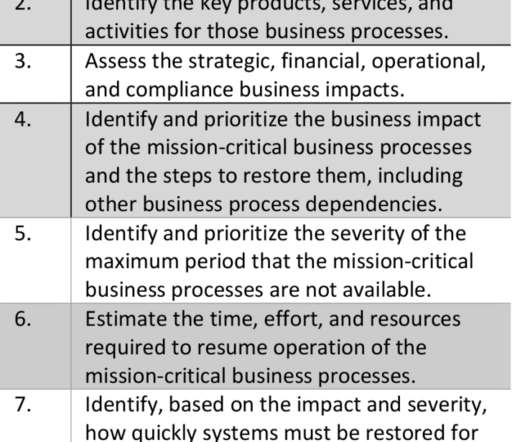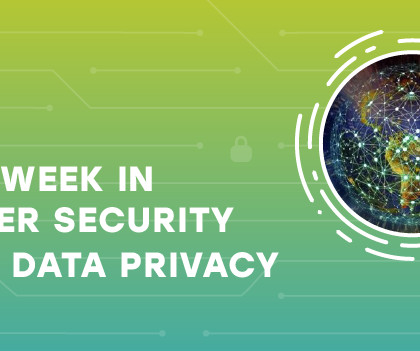Summary – “Blockchain Technology and Recordkeeping”
ARMA International
NOVEMBER 21, 2019
Additionally, the article is included in Information Management Magazine, ARMA-AIEF Special Edition , which will be available for download in November. Blockchain is often defined as ledgers with entries organized in an append-only, sequential chain using cryptographic links and distributed out and stored on a peer-to-peer computer network.













Let's personalize your content